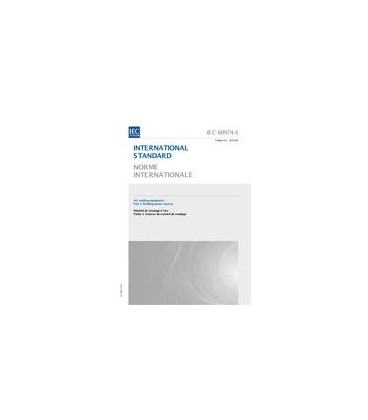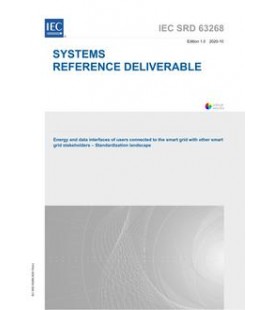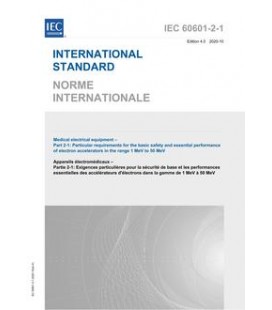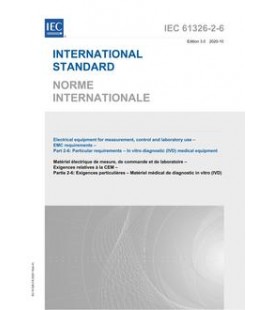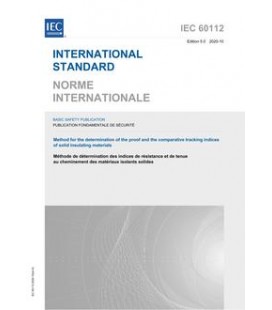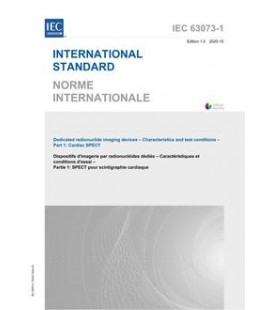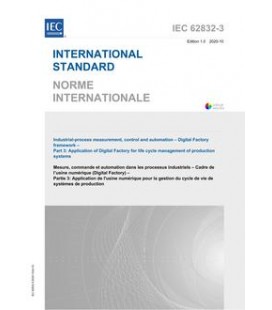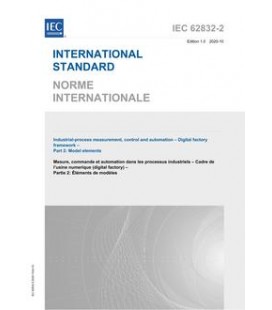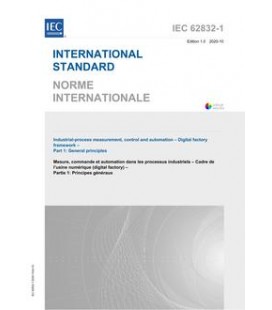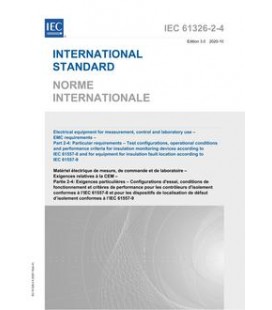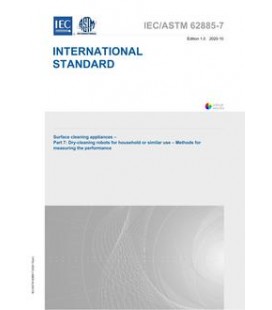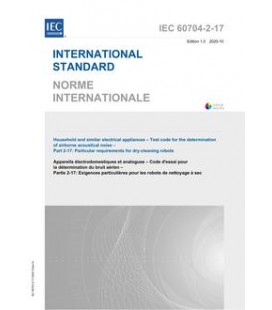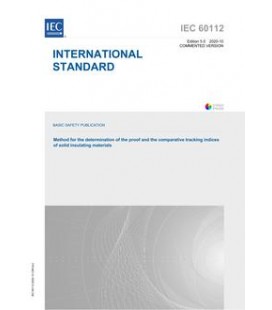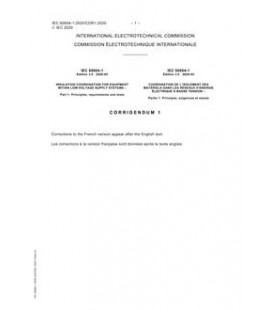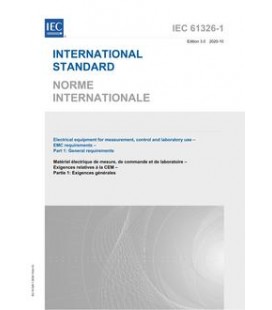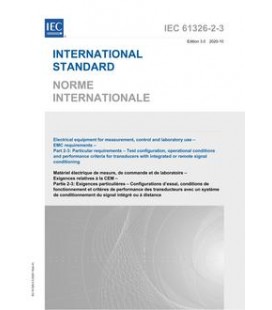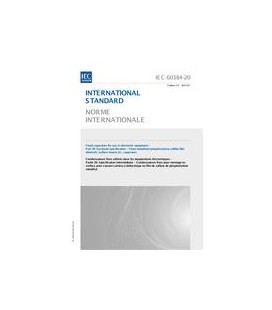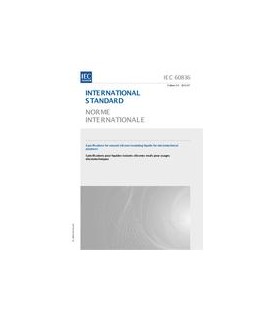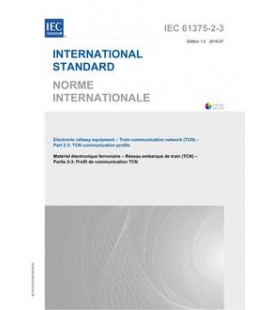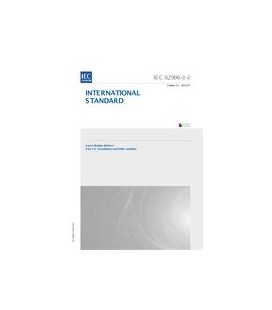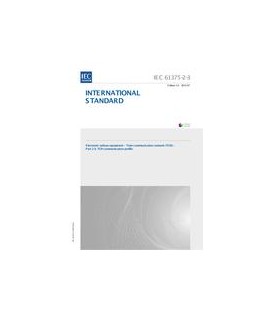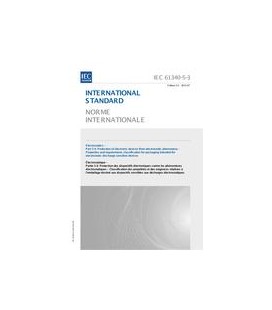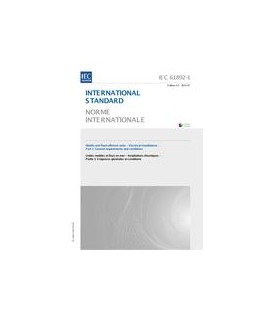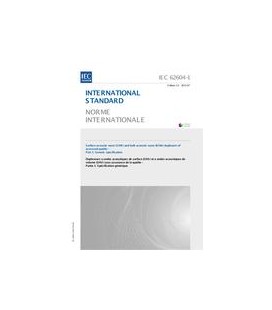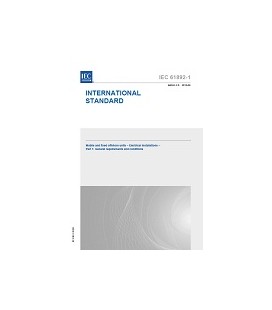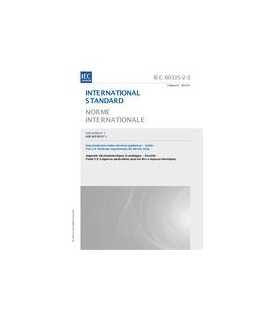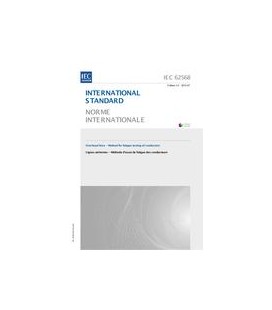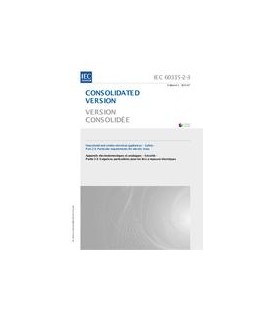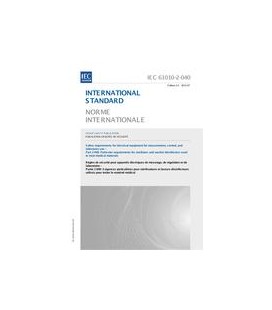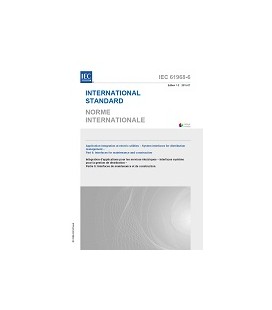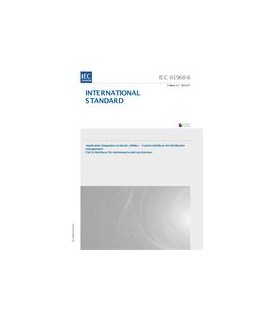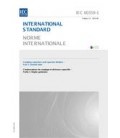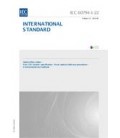Cart
0
0
item(s)
-
$0.00
No products
To be determined
Shipping
$0.00
Total
Quantity
Total
Product successfully added to your shopping cart
There are 0 items in your cart.
There are 0 items in your cart.
Total
IEC 60974-1 Ed. 4.0 b:2012
IEC 60974-1 Ed. 4.0 b:2012 Arc welding equipment - Part 1: Welding power sources
standard by International Electrotechnical Commission, 06/12/2012
Reduced price!
M00000064
New product
Full Description
IEC 60974-1:2012 is applicable to power sources for arc welding and allied processes designed for industrial and professional use, and supplied by a voltage not exceeding 1 000 V, or driven by mechanical means. This part of IEC 60974 specifies safety and performance requirements of welding power sources and plasma cutting systems. This fourth edition cancels and replaces the third edition published in 2005 and constitutes a technical revision. The significant changes with respect to the previous edition are the following:- the heating test shall be carried out at ambient temperature of 40 C (see 5.1);
- new Figure 1 summarizes example of insulation requirements;
- creepage distances for pollution degree 4 are no longer valid (see Table 2);
- insulation requirements for Class II equipment are defined (see Table 3);
- dielectric test voltage interpolation restriction lower limit is changed to 220 V and interpolation for control and welding circuit is clarified (see Table 4);
- water test is clarified by suppression of visual inspection (see 6.2.1);
- isolation requirements of the supply circuit and the welding circuit are moved in protection against electric shock in normal service (see 6.2.4);
- touch current in normal service and in single fault condition requirements are changed (see 6.2.5, 6.2.6 and 6.3.6);
- maximum temperature for insulation systems are reviewed in accordance with current edition of IEC 60085 (see Table 6);
- limits of temperature rise for external surfaces are updated depending of unintentional contact period as defined in ISO 13732-1 (see Table 7);
- loading test is completed by a dielectric test (see 7.4);
- conformity test for tolerance to supply voltage fluctuation is clarified (see 10.1);
- marking of terminals is limited to external protective conductor and three-phase equipment terminals (see 10.4);
- usage of hazard reducing device is clarified (see 11.1);
- requirements for control circuits are changed (see Clause 12);
- impact test is clarified (see 14.2.2);
- environmental parameters are completed (see Annex M).

